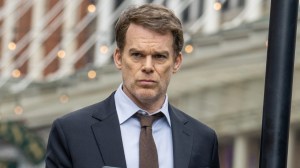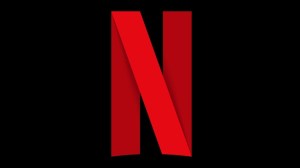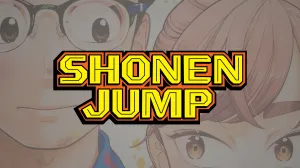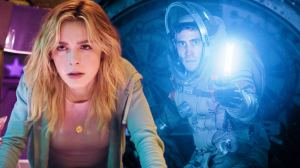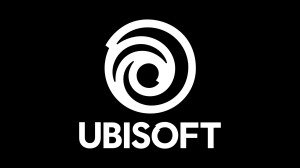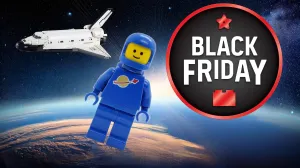
Perhaps the best-known of Kurt Vonnegut’s work, Slaughterhouse-Five is a novel that seems to defy adaptation and for good reason. Widely considered one of the greatest novels of the 20th century, it’s a semi-autobiographical tale wrapped in the life of fictional World War II soldier Billy Pilgrim, a tale that employs wild shifts in time and logic as it unfolds a difficult, yet beautiful anti-war message. First published in 1969, the book has been adapted into multiple forms of media—film, stage, radio—but they always somehow lack the soul of what makes Slaughterhouse-Five such an enduring story. But now, Ryan North and Albert Monteys’ graphic novel adaptation of the story has delivered to readers what may be the best version of the story ever produced.
Videos by ComicBook.com
To get into why this adaptation of Slaughterhouse-Five is so good, you first must understand the story itself. Vonnegut’s novel is an anti-war story about a soldier (the aforementioned Billy Pilgrim) who was a prisoner in Dresden, Germany when the Allies firebombed the city during World War II. A gruesome moment in history, it’s also a moment that Vonnegut himself was present for, surviving much like Billy does in the novel. In fact, many of the character types seen from Billy’s war experience come from Vonnegut’s experience as well. But there’s another element to Billy’s story: It becomes a sci-fi tale with time travel and aliens and the idea of Billy becoming “unstuck” in time, experiencing everything all at once and in moments and out of order that explores the ideas of trauma, survival, and the human condition. It’s a deep text that requires the reader to let go of the narrative monkey bars, as it were, and just go with it.
North and Monteys’ adaptation manages to do that and presents the story in such a way that it allows readers—even ones who may have struggled with the novel itself—do the same. The graphic novel is an extremely faithful adaptation of the book. Yes, some things do get edited out but almost all of Vonnegut’s novel is present. You get the general “war is bad” portion of it, but you also get the deeper sense that there are certain things about human nature, those that allow for war to even occur, are also bad. There is no honor here. No good death, no righteousness and while that does come across in Vonnegut’s prose, this graphic novel elevates it.
It is, in a very real sense, the art that does it. Monteys’ work is minimalist, but extremely expressive. Each character that graces the page is unique, raw, real, and human even when they don’t act it. The comic also employs various types of art across different pages and in different sections that further helps bring visual context to the sometimes dense and complicated text. What works especially well is that Monteys treats every character well, even in a few instances perhaps treats them a bit more kindly than the novel itself does—especially in the case of Valencia Merble, Billy’s wife—but it’s welcome. It possibly even betters Vonnegut’s story in parts.
Ultimately, the Slaughterhouse-Five graphic novel is nearly perfect. It might benefit a bit from further explanation in the introduction and there are moments where it feels like North and Monteys could have given the reader more from the novel. But those are, in the grand scheme of things, petty complaints. Slaughterhouse-Five is a fantastic work, an elegant and excellent companion to the novel and one just as worthy of standing as a classic.
Published by Boom Studios
On September 15, 2020
Written by Ryan North
Art by Albert Monteys


